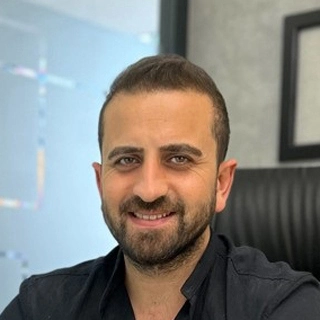Benefits
Enjoy a comfortable and engaging experience with amenities designed for relaxation, entertainment, and convenience.
Dental crowns are one of the most effective ways to restore teeth that are damaged, decayed, discoloured, or aesthetically compromised. Opting for dental crowns turkey means accessing world-class materials and expert dentists at a cost saving of up to 70% compared to prices in the UK, USA, or Europe. Restore the function, strength, and beauty of your smile with premium crowns teeth turkey.
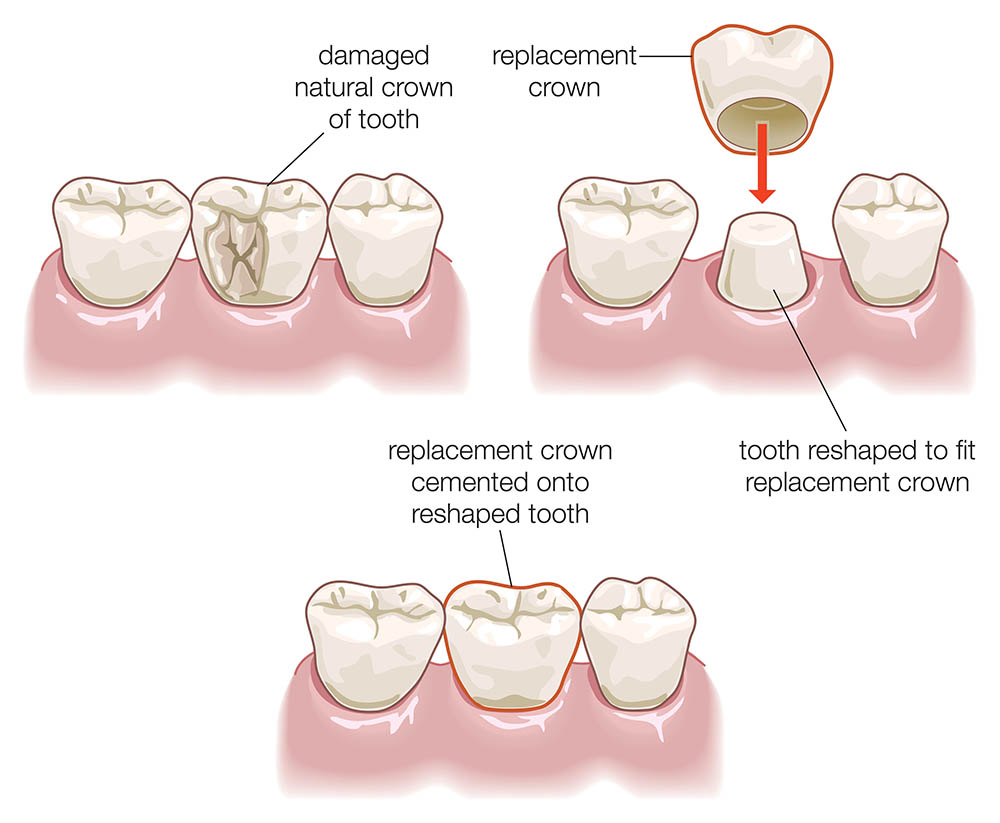
Explore our gallery of real patient transformations and see the stunning results for yourself.
The dental crowns cost turkey is a significant advantage for international patients. In Turkey, especially in Antalya, you can receive top-tier turkey teeth crowns without the high price tag associated with Western countries, thanks to lower operational costs and favourable exchange rates, without compromising on quality.
Below is a general price comparison for different types of dental crowns and cost.
| Crown Type | Dentalays / Turkey (Estimate €) | UK / Europe / USA (Estimate €) |
|---|---|---|
| Porcelain-Fused-to-Metal (PFM) | €130 - €200 | €600 - €1,100+ |
| Zirconium Crown | €180 - €280 | €800 - €1,500+ |
| E-Max (Full Ceramic) | €250 - €350 | €900 - €1,800+ |
Please note: These are estimated starting dental crowns price points. The final cost (how much are dental crowns) depends on the chosen material brand, the number of crowns, and the complexity of the case. For a precise, transparent, all-inclusive quote, we invite you to get a free, personalized consultation at our clinic in Antalya.
What are dental crowns? A dental crown is a custom-made, tooth-shaped "cap" that completely covers a damaged, decayed, or aesthetically unappealing tooth. This dentistry crown is designed to restore the tooth's original shape, size, strength, and appearance. Once fabricated, the crown is cemented onto the prepared tooth, encasing the entire visible portion above the gum line.
The dental crowns procedure in Turkey is typically completed over two visits with meticulous attention to detail:
Consultation & Planning: Your dentist examines the tooth requiring a crown, often taking X-rays to check the roots and surrounding bone. They discuss material options (Zirconium, E-Max, PFM) and explain the process.
Anaesthesia: The tooth and surrounding gum tissue are numbed using local anaesthetic to ensure complete comfort.
Tooth Preparation (Shaping): This crucial step involves carefully removing a layer of the outer enamel from the chewing surface and sides of the tooth. This reshaping creates the necessary space for the crown to fit over the tooth without appearing bulky and ensures a strong bond. The amount removed depends on the crown type (Zirconium Crowns often require less reduction than PFM). If significant decay or damage exists, the dentist may need to build up the core of the tooth first.
Impression Taking: Once shaped, a highly accurate impression (mould) of the prepared tooth and the opposing teeth (to ensure correct bite) is taken. This is often done using advanced digital intraoral scanners for maximum precision and comfort, or with traditional dental putty. Colour matching is also performed at this stage to ensure the crown blends seamlessly with your natural teeth.
Temporary Crown Placement: While your permanent crown is custom-made in the dental laboratory (a process taking several days), a Temporary Crowns (usually made from acrylic) is placed over the prepared tooth. This protects the tooth, prevents sensitivity, and maintains aesthetics.
The digital scan or physical impression is sent to our high-tech dental laboratory. Skilled technicians use this model to meticulously craft your permanent crown from the chosen material (e.g., milling a block of Zirconia via CAD/CAM, layering porcelain onto metal).
Temporary Crown Removal: The temporary crown is gently removed, and the underlying tooth is cleaned thoroughly.
Permanent Crown Try-in: The newly fabricated permanent crown is placed on your tooth. The dentist meticulously checks the fit, contacts with adjacent teeth, bite (occlusion), and colour match. Minor adjustments are made if necessary to ensure a perfect fit and comfortable bite.
Cementation: Once you and your dentist are completely satisfied with the fit and appearance, the crown is permanently bonded to your tooth using a special dental cement. Excess cement is carefully removed.
Final Checks: Your bite is checked one last time, and final polishing may be done. You'll receive instructions on how to care for your new crown.
As one of the best dentist in turkey for crowns providers, Dentalays offers various high-quality types of dental crowns:
These are exceptionally strong, metal-free, and highly aesthetic crowns milled from solid zirconia ceramic. They offer excellent biocompatibility, durability, and a natural appearance, making them suitable for both front and back teeth.
Primarily made from lithium disilicate, these crowns (like E-Max) offer the best possible aesthetics and translucency, mimicking natural enamel incredibly well. They are the top choice for dental crowns for front teeth where appearance is paramount.
These have a metal alloy substructure (which can include gold or other metals) covered with a layer of tooth-coloured porcelain. They offer good strength and are often a more budget-friendly option, typically used for back teeth. A potential drawback is the metal margin sometimes showing as a dark line at the gumline.
Made chairside or in the lab from acrylic or composite resin, these protect the prepared tooth while the permanent crown is being fabricated. They are not intended for long-term use.
While not a single crown, a dental bridge uses crowns on adjacent healthy teeth (abutments) to support one or more artificial teeth (pontics) that replace missing teeth, literally "bridging" the gap.
| Pros | Cons (disadvantages of dental crowns) |
|---|---|
| Restores damaged/weak teeth | Requires removal of natural tooth structure |
| Improves tooth appearance (shape, colour) | Potential for temporary sensitivity |
| Protects tooth after root canal | Can potentially chip or fracture (especially porcelain) |
| Supports dental bridges | Can occasionally become loose or fall off |
| Long-lasting solution with proper care | More expensive than fillings or bonding |
| Wide range of material choices | Gum line issues possible if fit isn't perfect |
A dental crown might be recommended if you have:
Choosing Dentalays for your turkey dental crown needs ensures you receive the best dental crowns in turkey combined with exceptional service:
The dental crowns cost turkey varies by material: PFM crowns start around €130, Zirconium around €180, and E-Max around €250 per tooth, offering savings of up to 70% compared to the UK/USA.
Typically, the process requires 2 visits over 5-7 days. The first visit (preparation, scan/impression, temporary crown) takes longer (1-2 hours per tooth), and the second visit (fitting the permanent crown) is shorter.
Yes, provided you choose a reputable clinic like Dentalays that uses internationally recognized, high-quality materials (like German or Swiss Zirconia, Ivoclar E-Max) and employs experienced dentists.
E-Max (full ceramic) crowns usually offer the most natural and aesthetic results for front teeth due to their excellent translucency. High-translucency Zirconium is also a superb, strong option.
With good oral hygiene and regular check-ups, PFM crowns can last 10-15 years, while Zirconium and E-Max crowns often last 15-20 years or even longer.
No, the tooth is numbed with local anaesthesia before preparation, so you won't feel pain during the procedure. You might experience mild sensitivity for a few days afterwards.
The main disadvantage is the need to remove some natural tooth structure. There's also a small risk of chipping, loosening, or temporary sensitivity.
The crown itself cannot decay, but decay can start at the margin where the crown meets the natural tooth if plaque accumulates. Maintaining excellent oral hygiene is crucial.
A crown covers the entire tooth, while a veneer is a thin shell bonded only to the front surface, primarily for cosmetic improvements. Crowns are used for more extensive damage or structural needs.
A dental bridge uses crowns on adjacent teeth (abutments) to support an artificial tooth (pontic) in the space of a missing tooth. It's a fixed solution to replace one or more missing teeth.
In dentistry, high-resolution photographs are taken to evaluate the patient’s existing tooth structure and facial aesthetics. These photos are used to document and analyze the condition, color, and shape of the teeth and their harmony with the patient’s face.
Why is it important? Professional photographs help dentists and lab technicians plan the restoration process and achieve ideal aesthetic results.

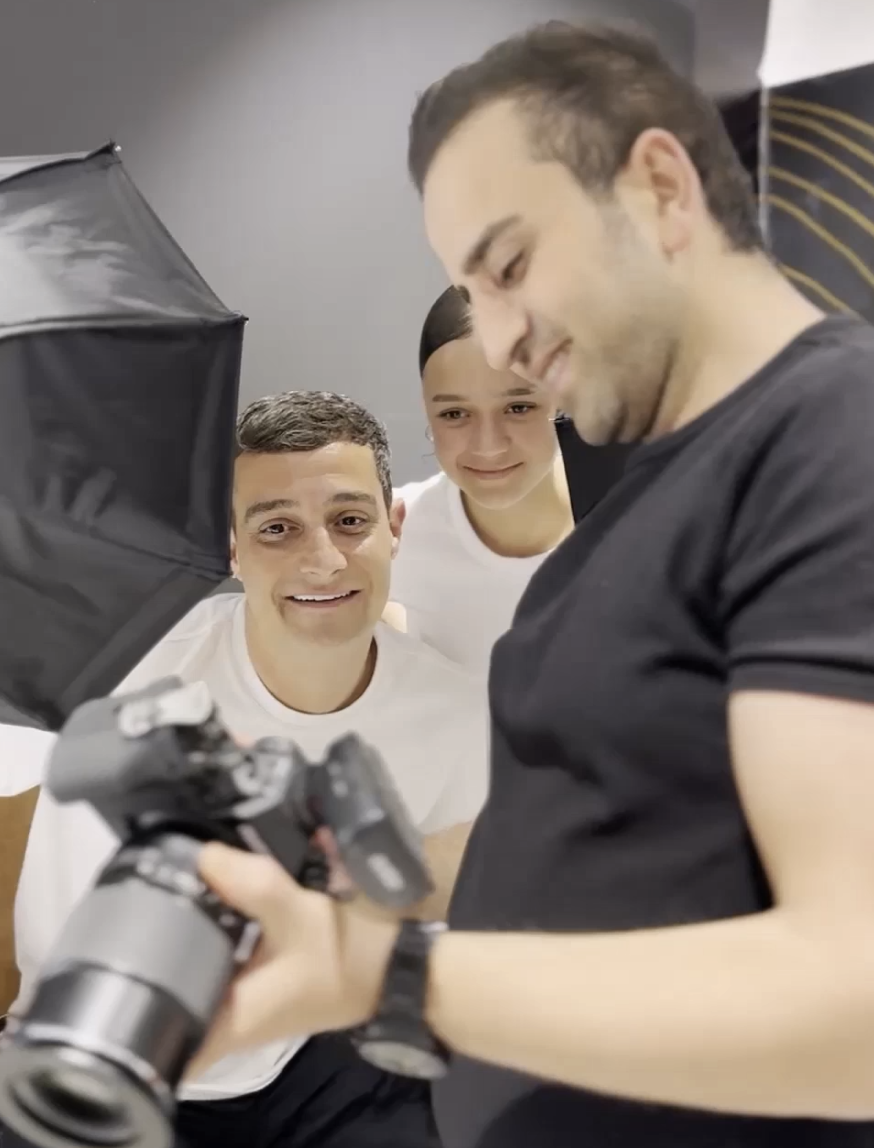
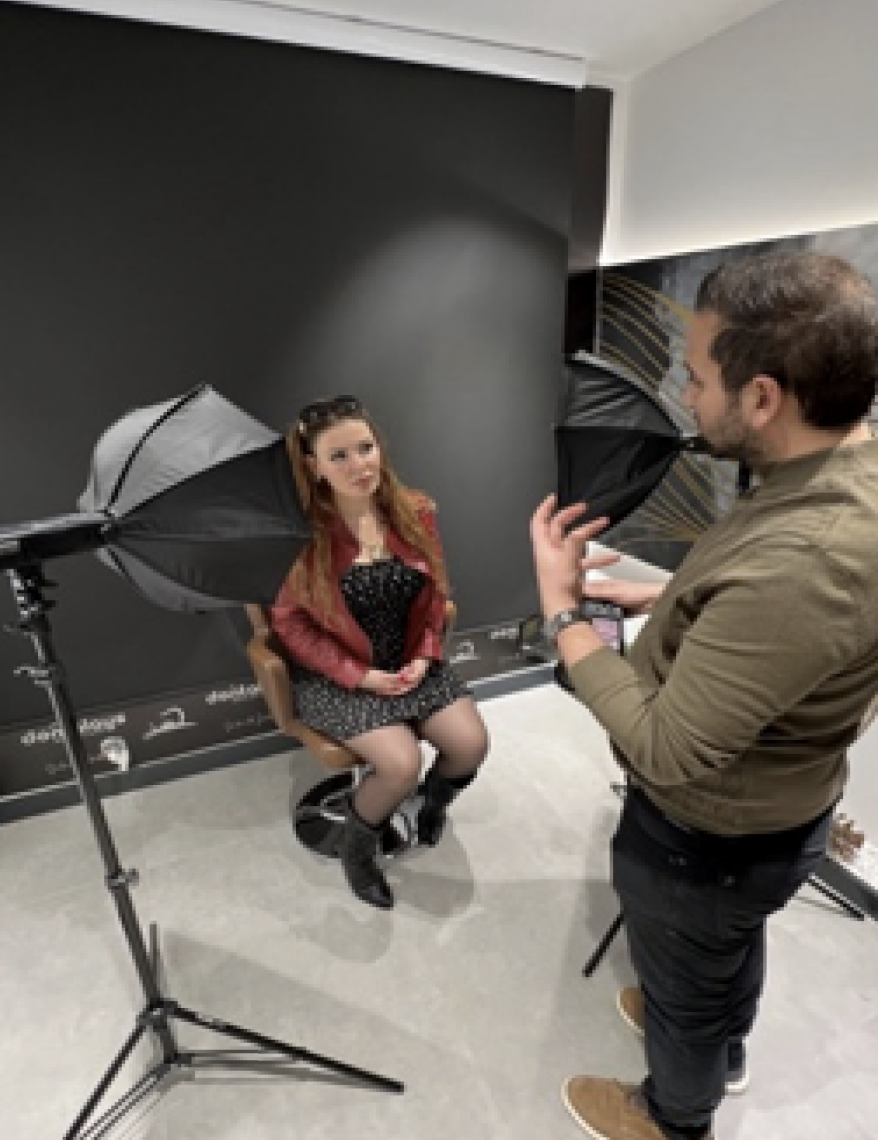
5D scanning technology allows for highly precise digital scanning of teeth and oral structures. This technology goes beyond traditional 3D scans by capturing additional information such as color, texture, and movement.
Why is it important? 5D scanning enables the creation of detailed digital models of teeth, allowing for more accurate and personalized restorations. This accelerates the treatment process and provides a more comfortable experience for the patient.
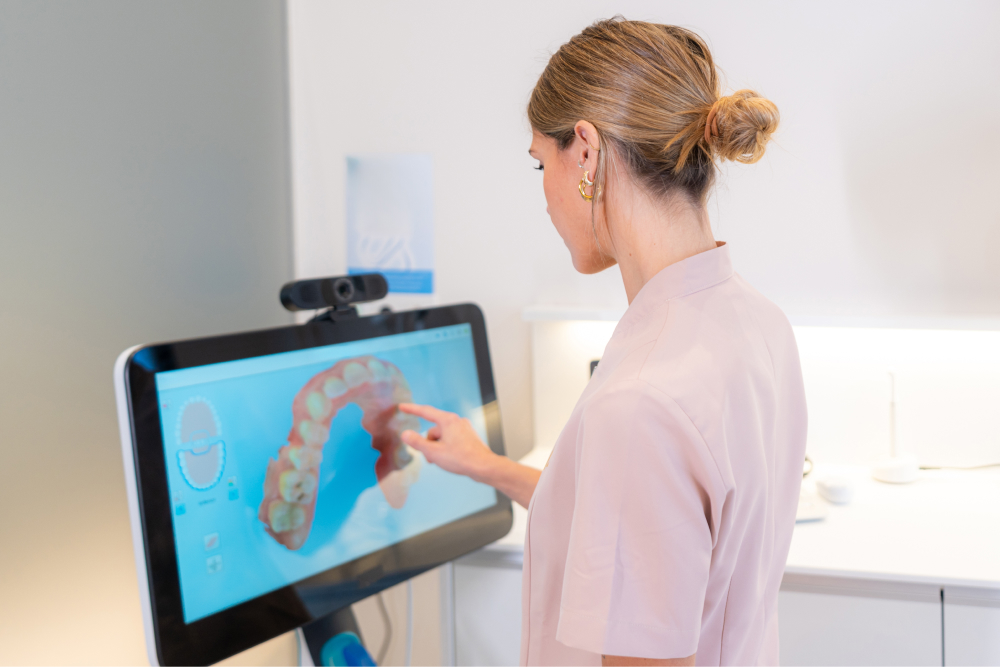
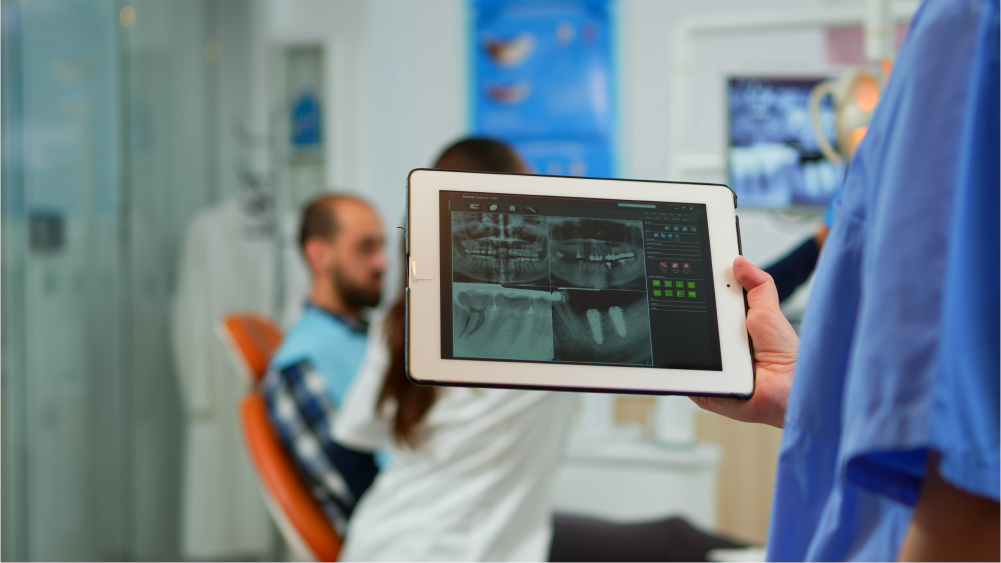
Special dental burs are used for shaping teeth with minimal preparation and for the precise placement of restorations. These burs are high-precision and sharp instruments.

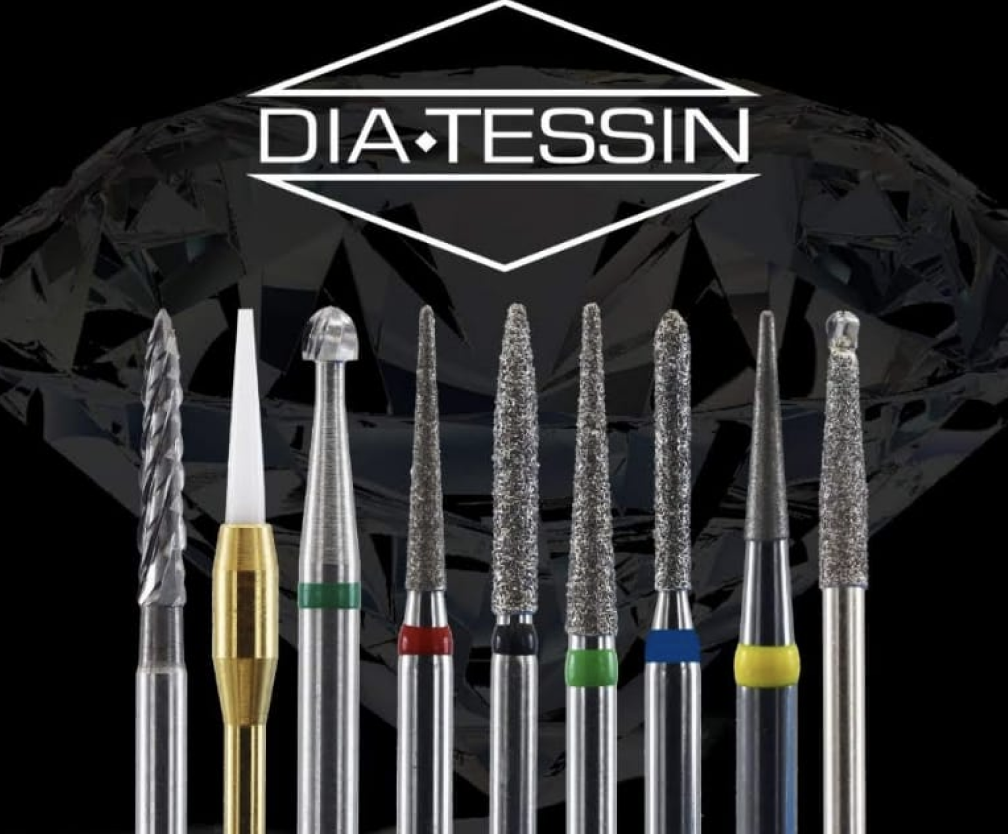
Dental laboratories equipped with advanced technology play a key role in the production of restorations. These labs use CAD/CAM systems, high-precision manufacturing devices, and biocompatible materials.




Enjoy a comfortable and engaging experience with amenities designed for relaxation, entertainment, and convenience.
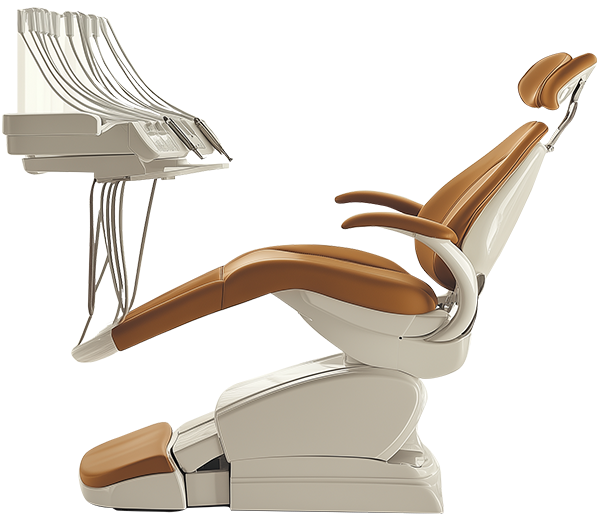




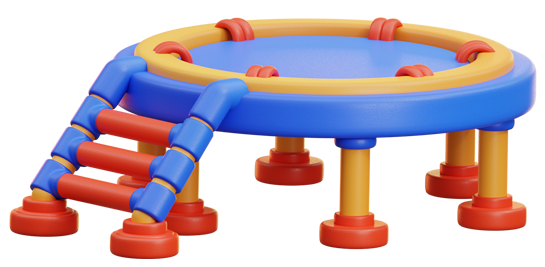

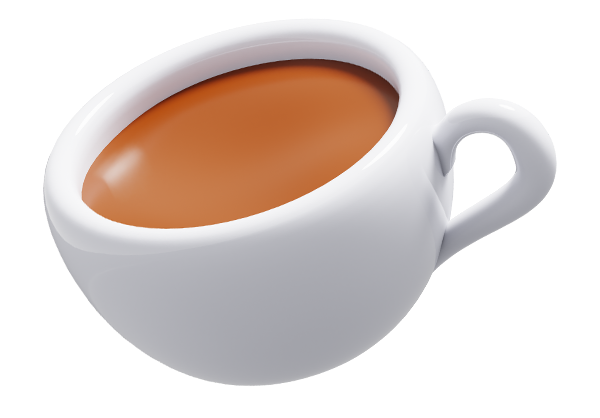

Real experiences from our international patients who chose Dentalays for their treatment.
"Replaced my old patchwork dentistry." "I had a mix of fillings and old crowns. We replaced them all for a uniform look. The bite adjustment was meticulous. My mouth feels balanced for the first time in years."
– Ashley R. | London, UK | ✅ Verified Patient: Dental Crowns
"Quick turnaround." "The lab speed is incredible. In the UK I wait weeks. Here, I had my permanent crowns in 5 days while enjoying a holiday."
– Victoria M. | Birmingham, UK | ✅ Verified Patient: Dental Crowns
Real experiences, real smile
